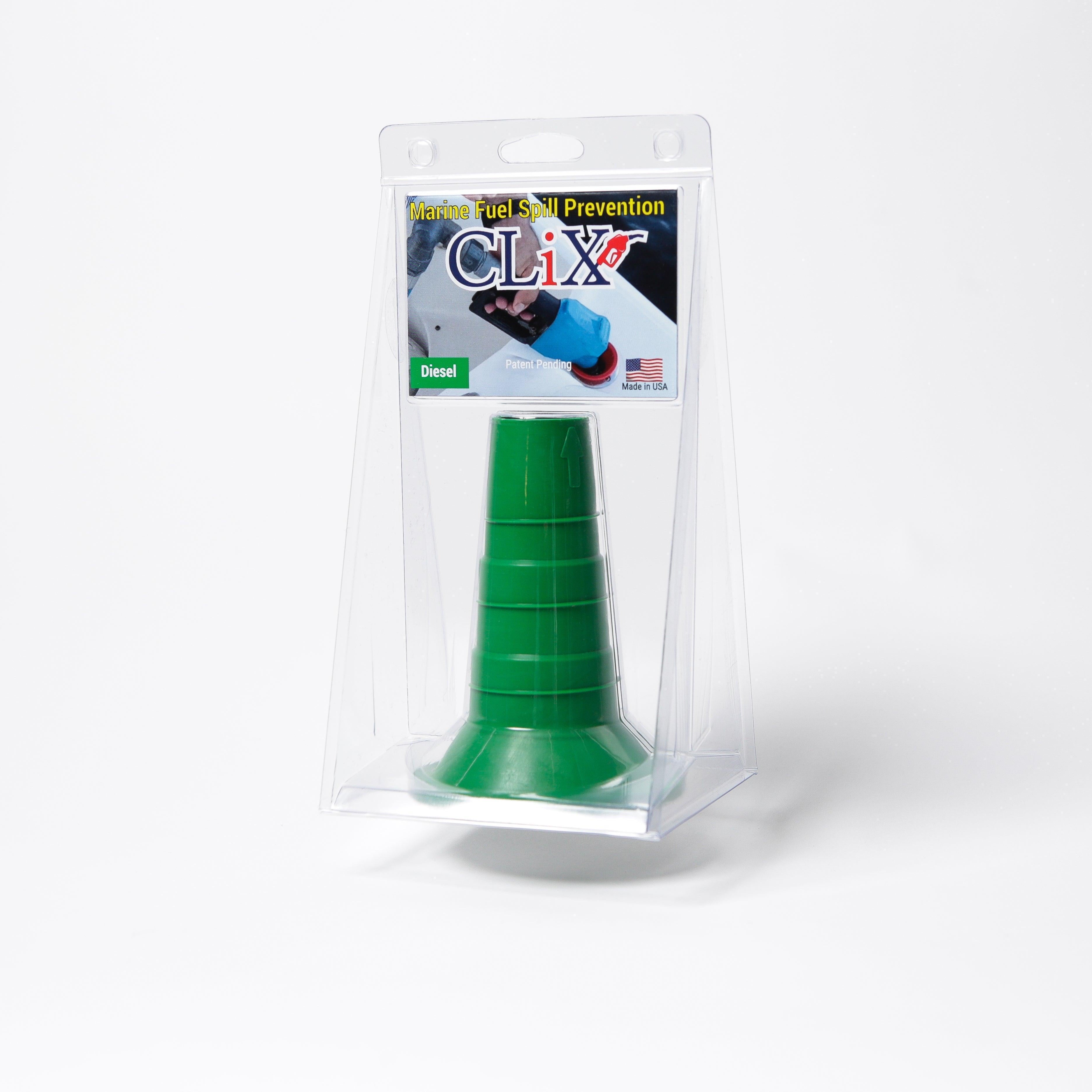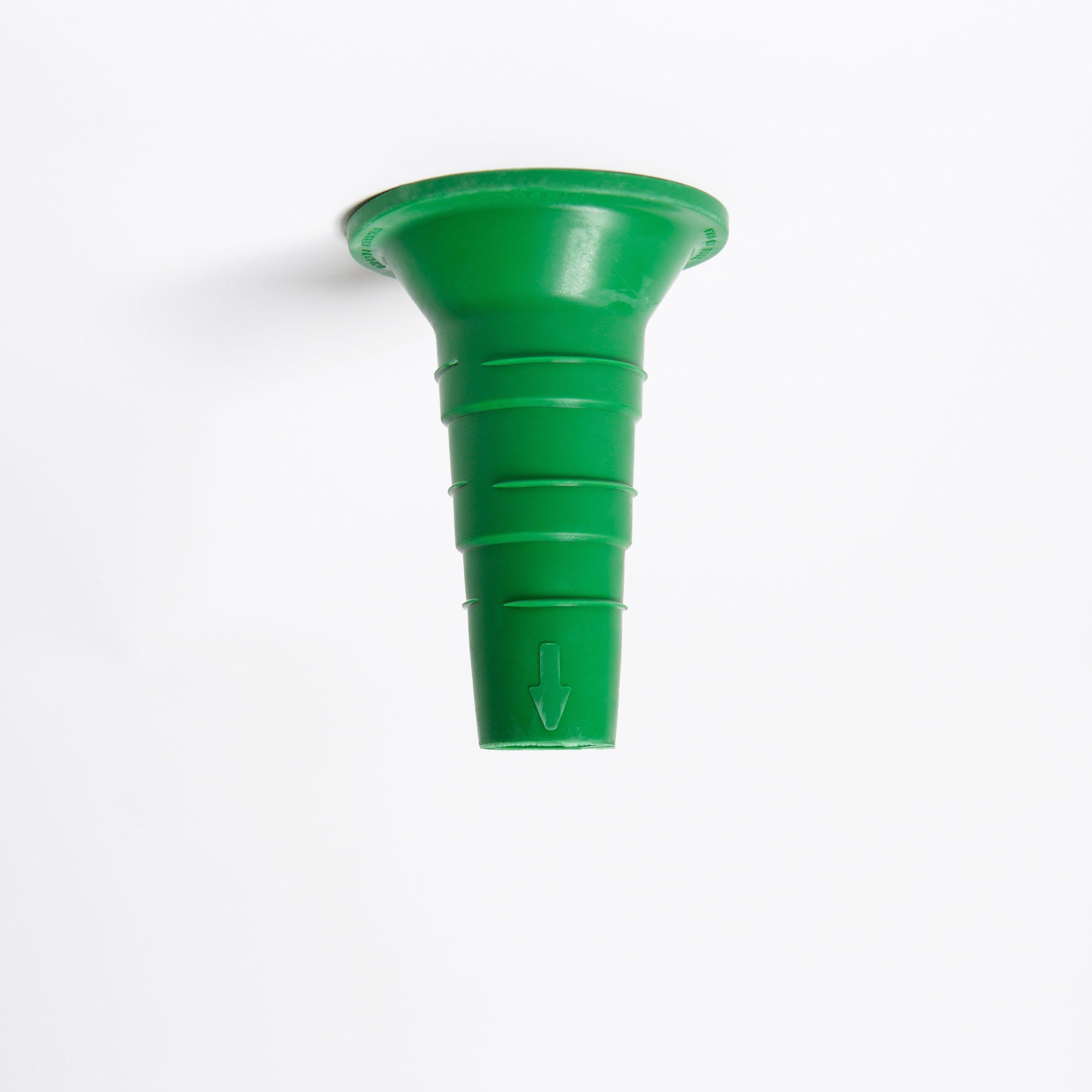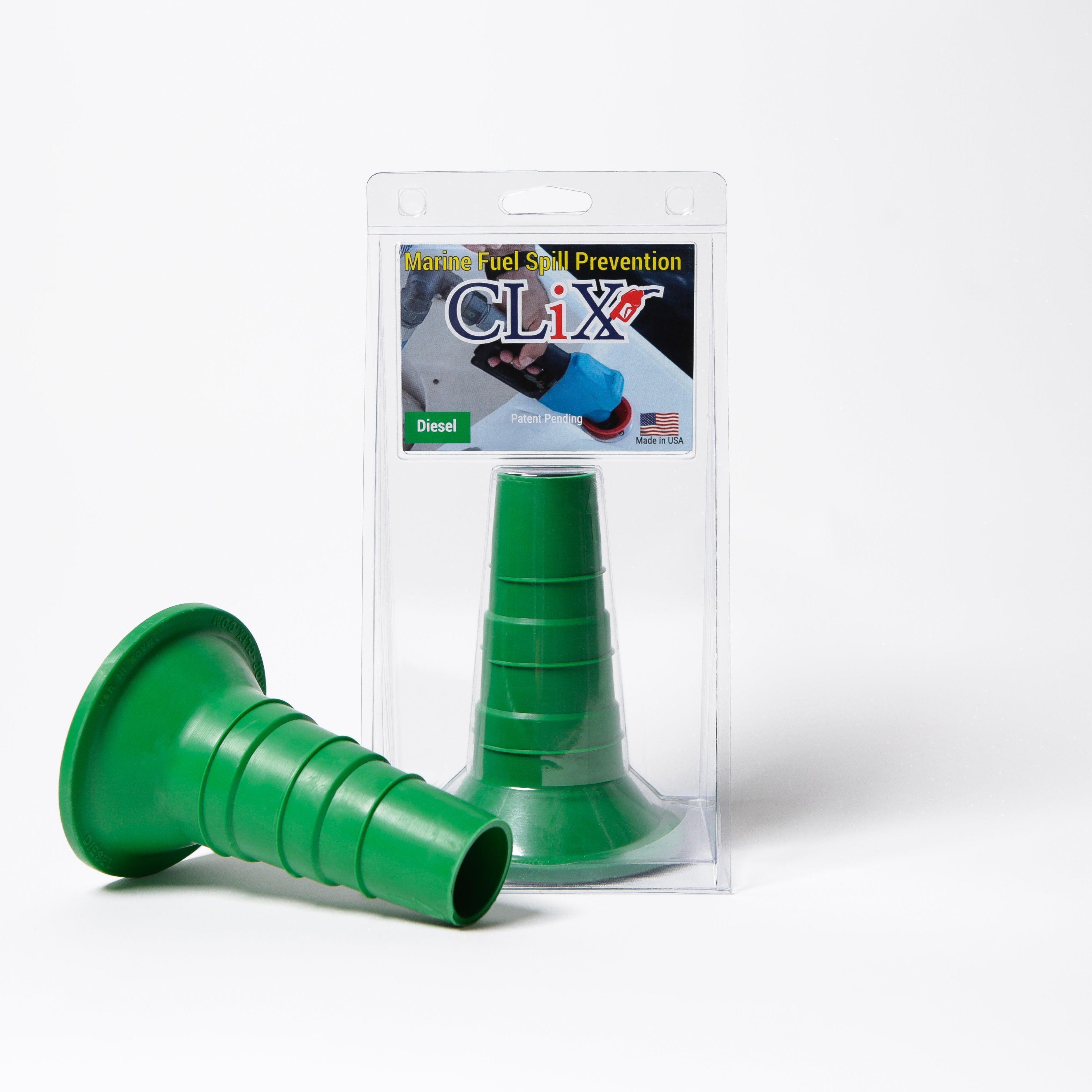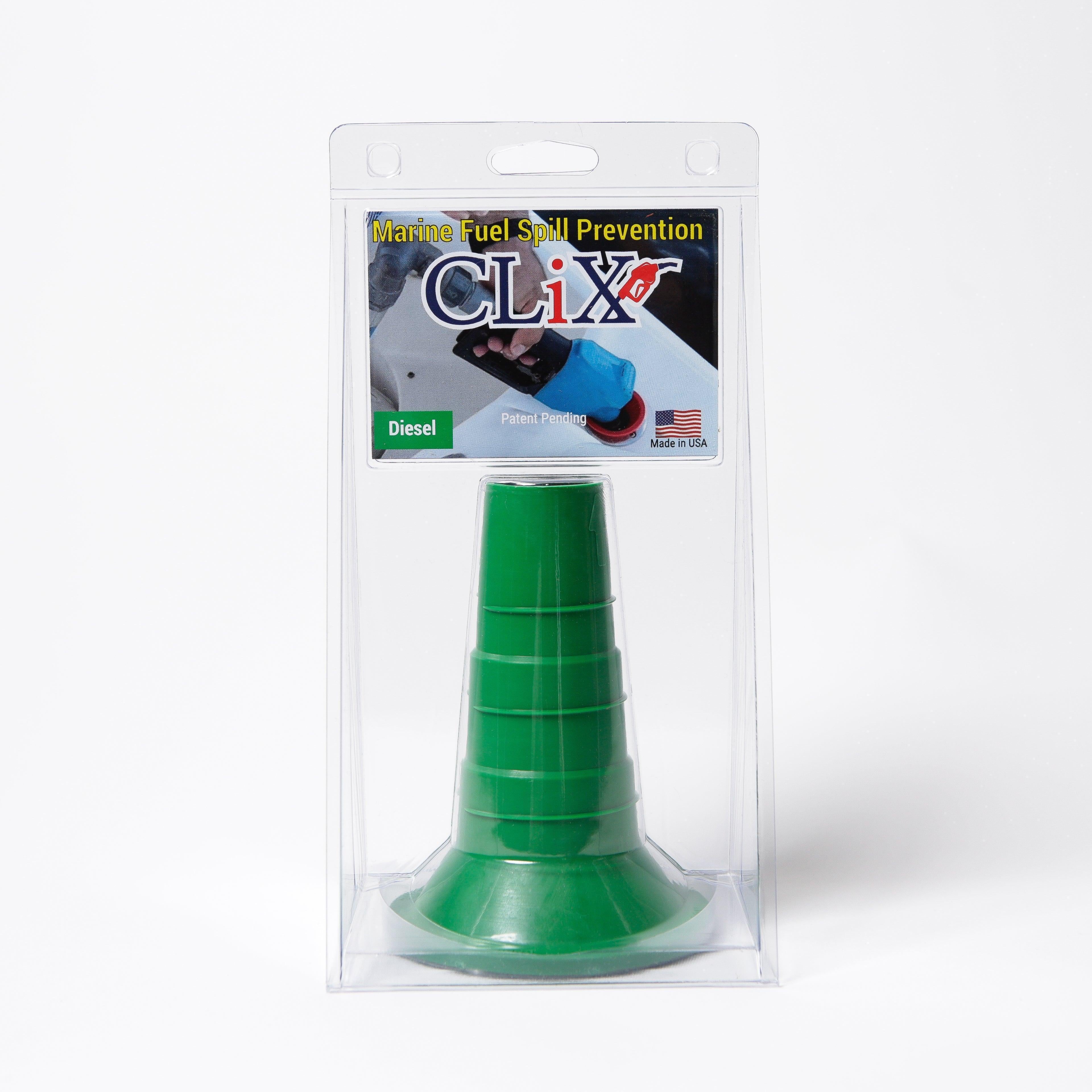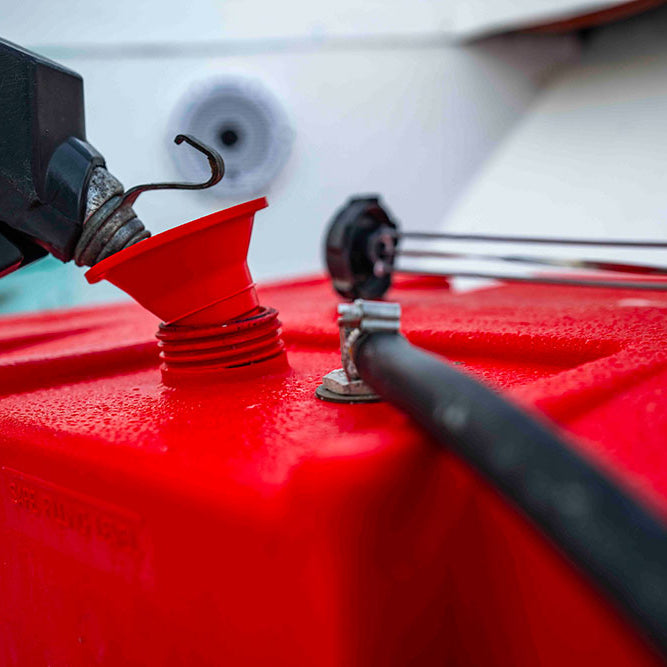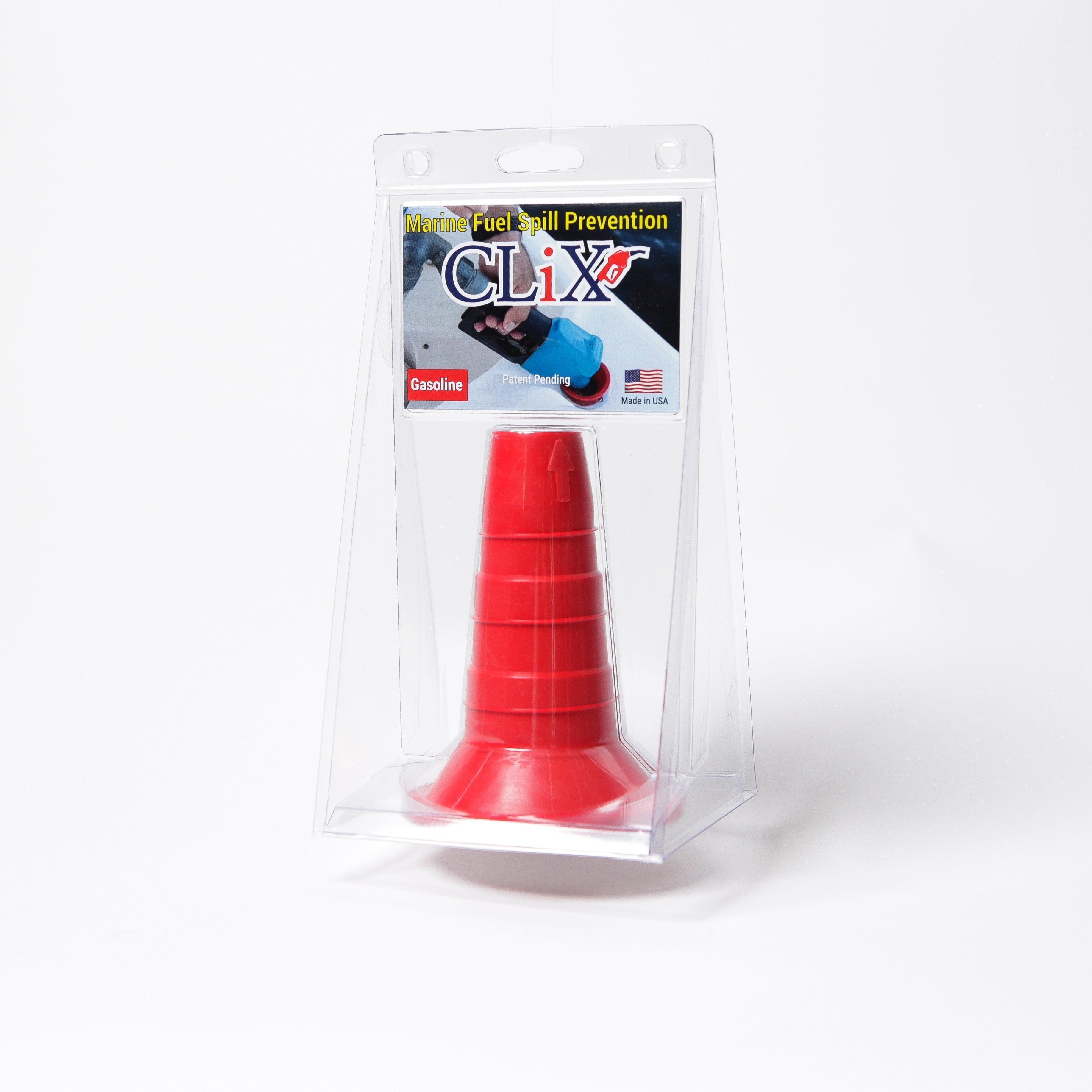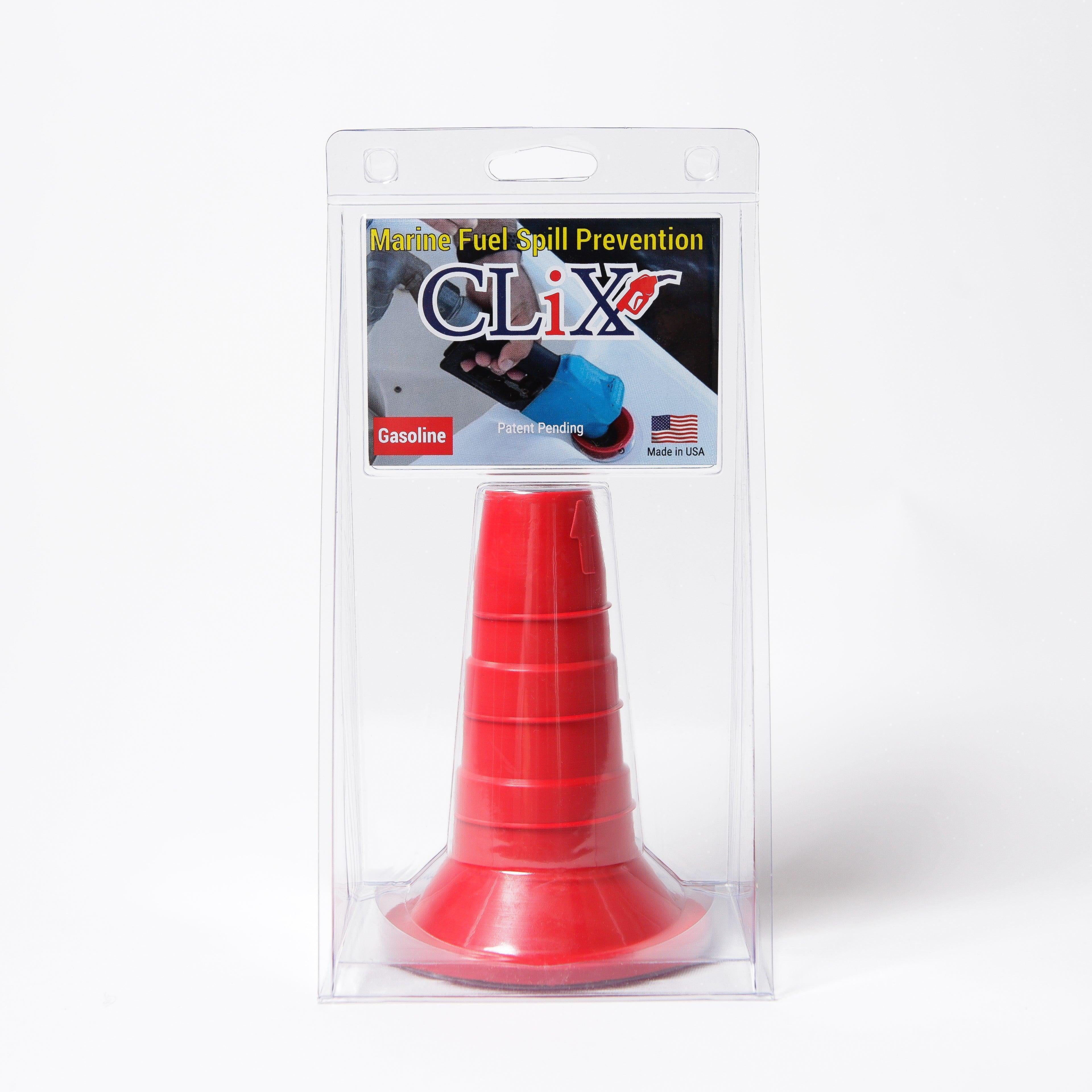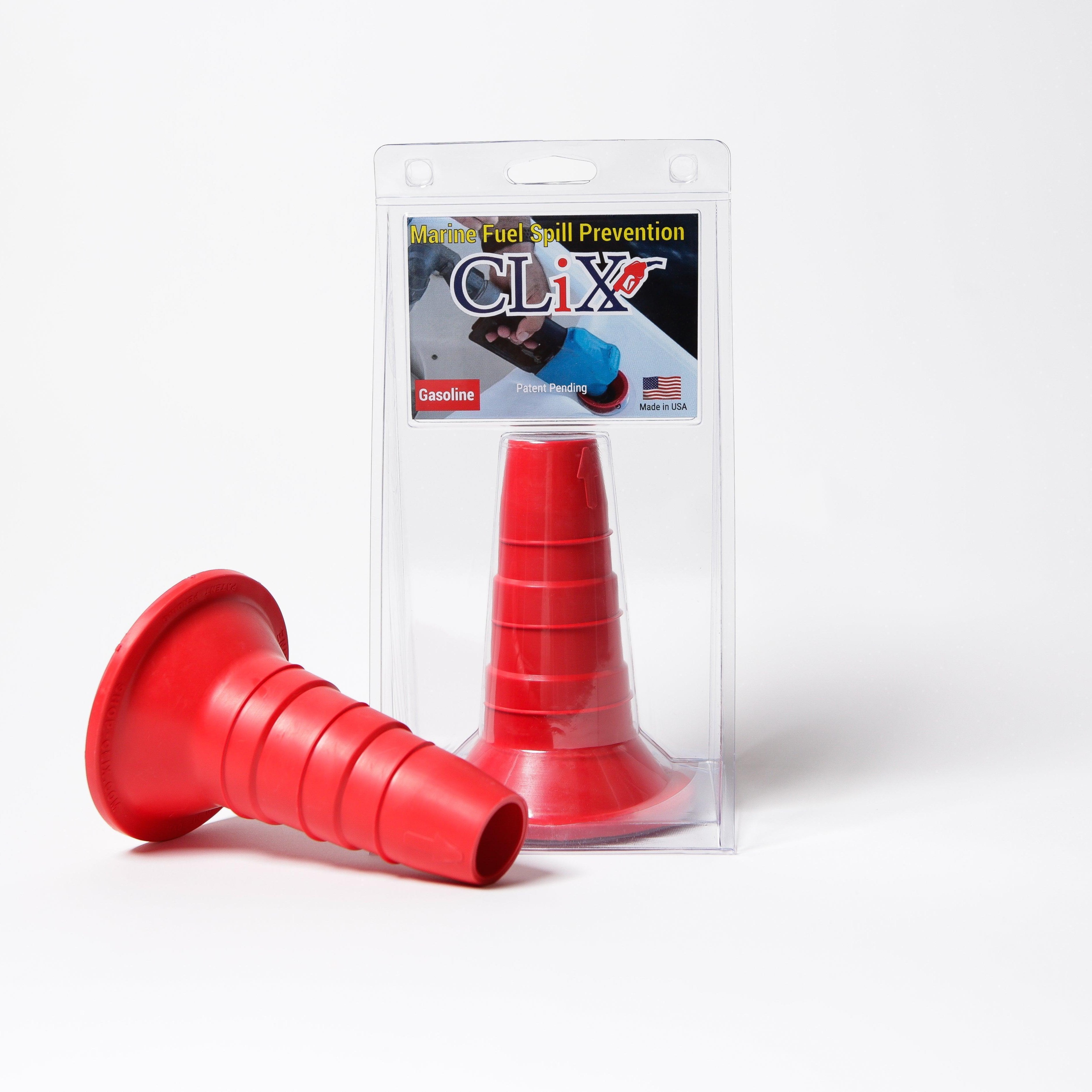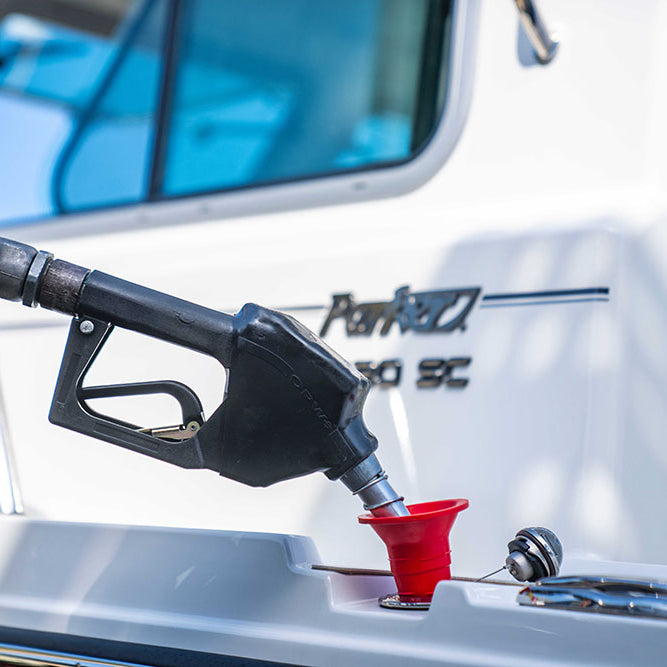Why Our Oceans Are In Crisis (And Why It Matters To You)
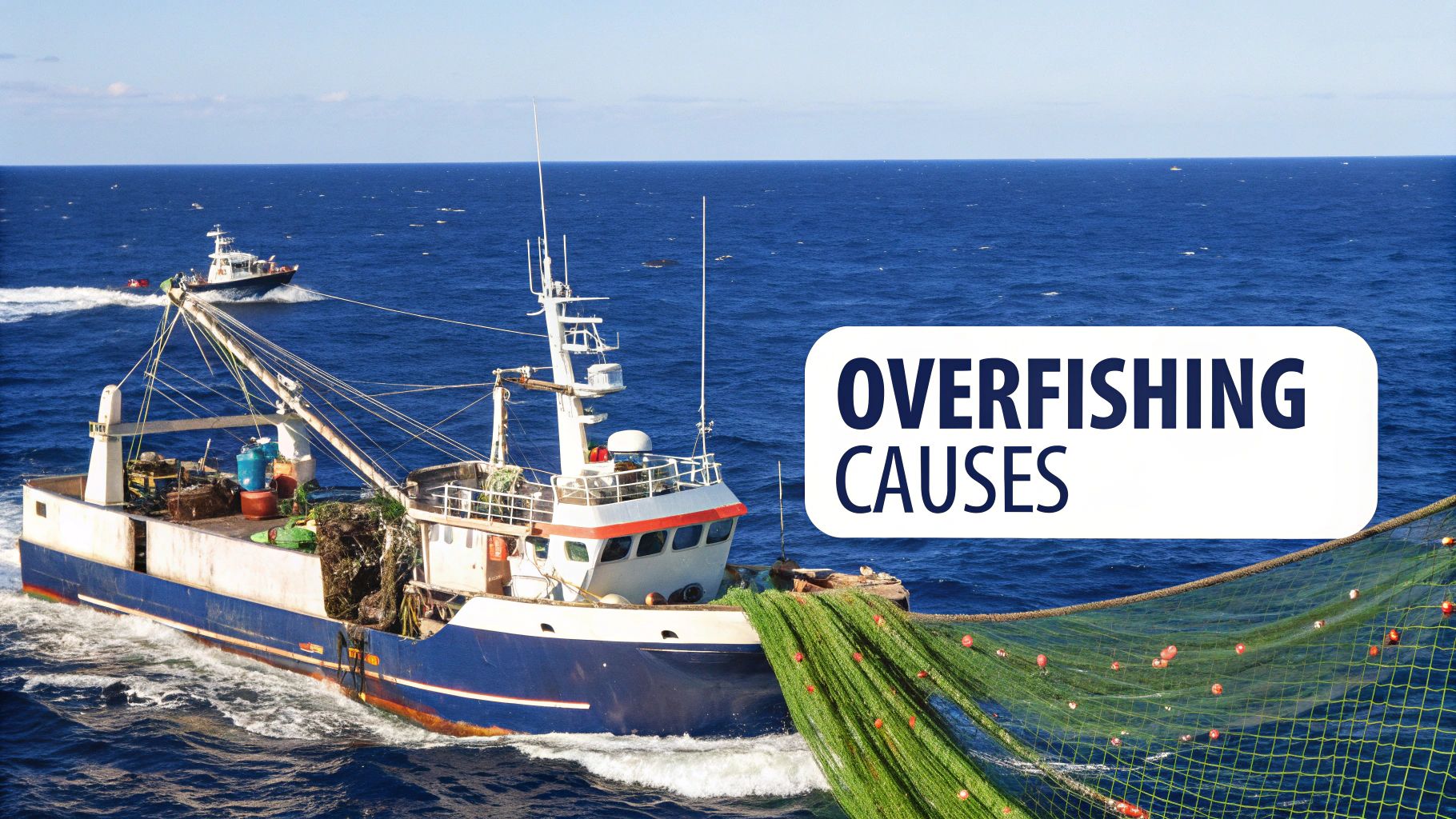
This image really drives home the decline of key fish species because of overfishing. Seeing those dwindling numbers visualized like that…it’s a wake-up call. Think about coastal towns where fishing has always been the main industry. Now they’re facing empty nets and economic hardship. This isn’t just an environmental problem, it’s a human one, impacting livelihoods and food security across the globe. I've talked to fishing captains who tell stories of catching fewer and fewer fish each year. It’s a sobering reminder of what overfishing does to real people.
Overfishing is happening at an alarming rate, leading to big declines in fish stocks worldwide. It’s estimated that 90% of large predatory fish – sharks, tuna, marlin, swordfish – are already gone. And that has a ripple effect across the whole marine ecosystem. For more on this, check out The World Counts.
The Domino Effect of Overfishing
We’re not just talking about losing a few types of fish. Overfishing throws the entire ocean out of balance. When top predators disappear, it sets off a chain reaction that impacts everything from the tiniest plankton to the largest whales. Imagine taking a vital piece out of a complex puzzle - the whole picture gets distorted. I was talking to a marine biologist recently, and they explained how the decline of even one fish species can cause another species to overpopulate, making the ecosystem even more unstable.
This imbalance has huge consequences. It affects the health of our oceans and the livelihoods of millions of people who depend on them. Coastal communities that have fished for generations are struggling. Their way of life is at risk, and the economic impact is devastating. It really shows how connected we are to the ocean and how important sustainable solutions are.
Why You Should Care
You might be thinking, "I live nowhere near the ocean, so why should I care about overfishing?" But here's the thing: even if you're miles from the coast, the health of our oceans affects you directly. Fish is a major protein source for billions of people. Overfishing threatens global food security and can make prices go up.
Plus, healthy oceans are vital for regulating our climate. They absorb enormous amounts of carbon dioxide, which helps mitigate climate change. Damaging our oceans means jeopardizing the planet’s ability to control temperature and weather. On a personal note, I believe self-care is part of the solution, too. Building a personal action plan is important, and that includes managing stress. If that resonates, you might find this helpful: founder burnout. Protecting our oceans is about protecting ourselves and the future. By understanding this crisis and taking action, we can all contribute to a healthier, more sustainable world.
Becoming A Savvy Seafood Consumer
Your shopping cart has a bigger impact on our oceans than you might think. It's one of the most direct ways you can fight back against overfishing. But let's be honest, choosing seafood can feel overwhelming. So many options, so many labels! Let me share a few tips I've picked up over the years to help you navigate the seafood counter with confidence.
Decoding Eco-Labels and Certifications
I've been there, staring blankly at a wall of eco-labels, wondering what it all means. Some certifications are genuinely meaningful. For instance, the Marine Stewardship Council (MSC) label is a solid indicator that the seafood comes from a well-managed, sustainable fishery.
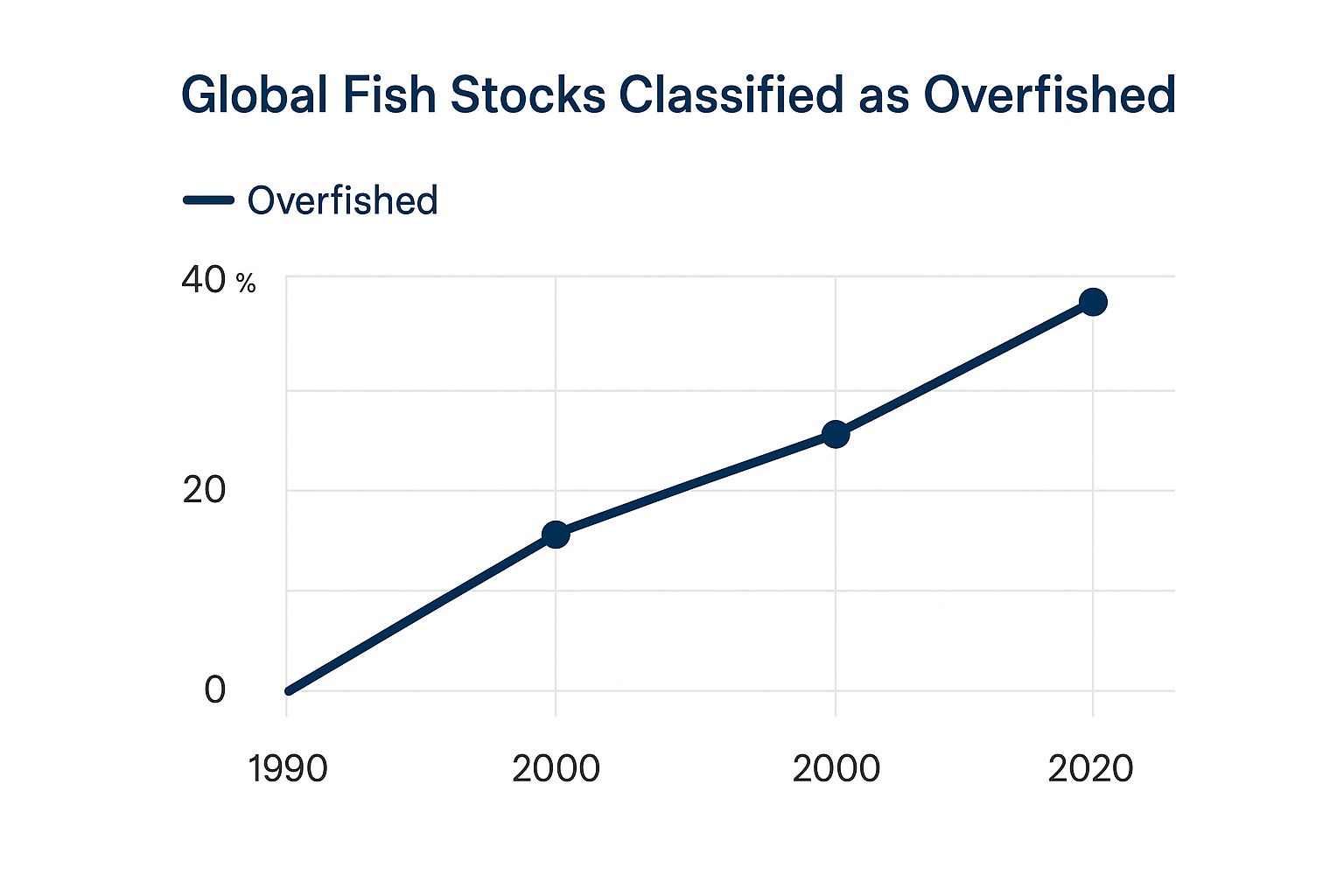
The MSC website is a great resource – check it out! Their blue label is something I always look for when I'm shopping. Sadly, not all labels are created equal. Some are just marketing fluff. Knowing the difference is crucial. To help, I've put together this handy guide:
Sustainable Seafood Certification Guide
A comprehensive comparison of major seafood certification programs, their standards, and what they mean for consumers
| Certification | Standards | Reliability | Where to Find |
|---|---|---|---|
| Marine Stewardship Council (MSC) | Focuses on sustainable fish stocks, minimizing environmental impact, and effective management. | High - considered a gold standard. | Look for the blue fish label on packaged seafood. |
| Aquaculture Stewardship Council (ASC) | Addresses responsible farming practices for various seafood species, covering environmental and social aspects. | Generally reliable, though some concerns exist regarding specific standards. | Look for the ASC logo on packaged farmed seafood. |
| Best Aquaculture Practices (BAP) | Standards for responsible aquaculture, addressing food safety, environmental responsibility, social accountability, and animal health and welfare. | Credibility varies depending on the specific farm and certification level. | Check the BAP website or look for their logo. |
This table summarizes some of the key players in seafood certification. Remember to do your own research and find the certifications you trust the most.
Building Relationships With Your Fishmonger
Your local fishmonger can be your secret weapon. Seriously, don't be afraid to strike up a conversation! Ask them where their seafood comes from, how it was caught, and what's in season locally. A fishmonger who cares about sustainability will be happy to share their knowledge. My local fishmonger has taught me so much – it's completely transformed how I buy seafood.
Dining Out With Ocean Health In Mind
You can support sustainable fishing even when you're eating out. Just ask your server about the seafood – where it's from, how it was caught. It might feel a little awkward at first, but trust me, it makes a difference. Restaurants need to know that we care about these things. Plus, you might discover some amazing new fish you've never tried before!
Exploring Sustainable Alternatives
Ready to try something new? Beyond the usual salmon and tuna, there's a whole world of delicious and sustainable seafood options to explore. Chefs are getting incredibly creative with underutilized species. I've recently been hooked on Pacific rockfish and US farmed barramundi. Branching out can be a real culinary adventure!

The graph above shows the trends in global overfishing. It’s a complex issue, but it’s clear that sustainable practices are more vital than ever. And did you know that sustainable fishing can even have a positive economic impact? There are lots of ways to encourage these practices, like subsidies for eco-friendly gear and supporting programs like the MSC. For more on this, check out Our World In Data. You might also find this interesting: Learn more in our article about how to prevent marine pollution.
Every time you choose sustainable seafood, you're voting with your wallet. You're supporting responsible fishing and helping protect our oceans for future generations. It's a small change with a huge ripple effect.
Making Your Voice Count In Ocean Policy
Preventing overfishing isn't just about picking sustainable seafood at the store. It's about pushing for real change at the policy level. And believe it or not, you have a part to play. It's easy to feel like one voice doesn't matter, but when we all speak up together, we create a wave of change. I used to wonder what difference I could possibly make, but getting involved has been surprisingly empowering.
Identifying Key Organizations and Campaigns
First things first, find the right groups to support. Look for organizations actively involved in ocean conservation policy, like the World Wildlife Fund (WWF) and Oceana. They frequently run campaigns focused on specific legislation related to overfishing.
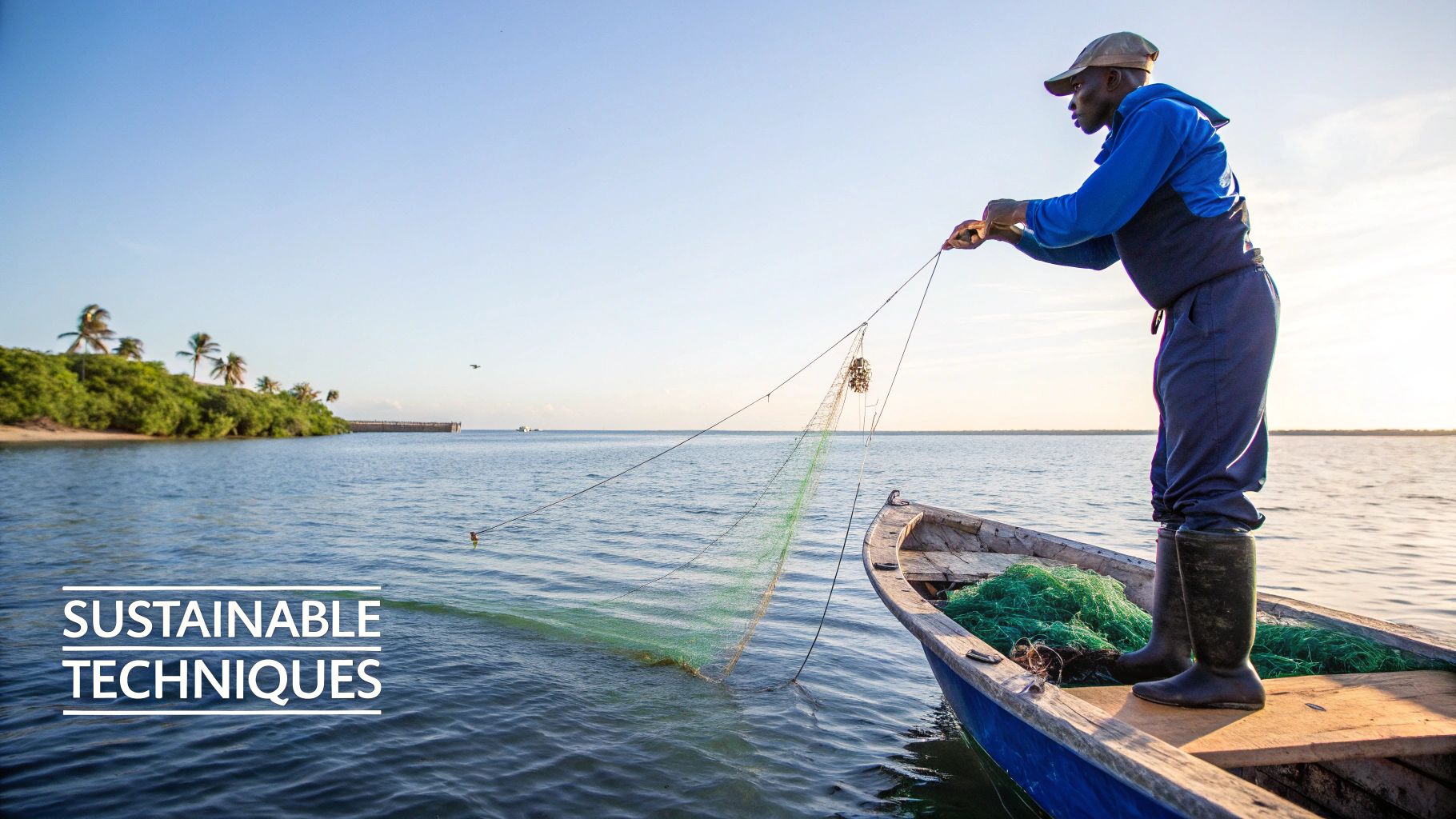
The WWF website is a great example of how organizations rally support for their cause – they highlight their ocean conservation work and have clear calls to action for their campaigns.
Connecting With Your Representatives
Don't forget your elected officials! Emails, phone calls, letters – all of it counts. Let them know you're concerned about overfishing and that you support policies that protect our oceans. I remember writing to my representative about a local fisheries bill and was shocked to get a personal response. It really hit home how much our voices matter.
Supporting Grassroots Movements and Community Action
Grassroots movements are often the driving force behind policy change. Coastal fishing communities are at the forefront of this fight, and supporting their work is essential, even if you live miles from the ocean. Many organizations offer ways to donate or volunteer, and even small contributions can make a difference.
Understanding and Engaging With Ocean Conservation Policies
Ocean policy can seem complex, but learning the basics is important. Understanding concepts like catch limits, fishing regulations, and marine protected areas makes your advocacy efforts more effective. Reducing water pollution is also key to ocean health. Check out our guide on how to reduce water pollution for practical tips.
Staying Engaged Without Burnout
Advocacy requires effort, so finding a level of involvement that you can sustain is key. Even small, consistent actions can have a big impact. Signing petitions, sharing info on social media, or taking part in local events are all great ways to stay engaged without getting overwhelmed.
It's also important to celebrate the victories. Ocean conservation is a marathon, not a sprint, so acknowledging progress helps keep you going. Speaking of wins, did you know proper fisheries management can help reverse overfishing trends? While a sobering 37.7% of monitored fish stocks are overfished, improved management efforts have reduced the number of stocks overfished relative to the 35.4% seen previously, demonstrating the need to support ongoing efforts. To delve deeper, check out more insights here. Your voice, combined with others, can truly make a difference for our oceans.
Supporting Fishing Communities Doing It Right
Behind every truly sustainable fishing practice, there’s a community striving to balance their livelihoods with the ocean's health. It's easy to get caught up in the overwhelming issue of overfishing, but real change starts locally. Let me share how you can find and support those who are doing things right, from small family operations to larger community-supported fisheries.
Finding the Real Deal: Identifying Sustainable Fishing Operations
Finding truly sustainable fishing operations requires a bit of digging. Transparency is key. Are they open about their methods? Do they actively discuss their sustainability efforts? This goes beyond just sticking an eco-label on a product. It’s about a genuine, demonstrable commitment to responsible practices.
A few years back, I visited a small fishing co-op in Alaska. They used traditional gear, minimizing bycatch and habitat damage. Their intimate knowledge of the local waters guided their fishing practices, ensuring they only took what the ecosystem could replenish. They also had a direct line to their customers through a Community Supported Fishery (CSF). Seeing their dedication firsthand was truly inspiring.
Local Catch is a fantastic example of a network connecting consumers with community-based fisheries. This screenshot shows how they showcase different CSFs, making it easy to find sustainable seafood options near you. It empowers consumers to make informed choices and directly support responsible fishing.
Empowering Small-Scale Fishers
Small-scale, traditional fisheries are often the most sustainable. They possess a deep understanding of their local ecosystem and are inherently invested in its long-term health. However, competing with large industrial operations presents a real challenge. That’s where smart tech comes in. Some organizations are helping these small-scale fishers adopt technology that boosts efficiency and market access, all while preserving their sustainable practices. Think mobile apps that help track catches and connect directly with buyers, eliminating the middleman and ensuring a fair price for their sustainably-caught seafood.
Let's take a closer look at how traditional and industrial fishing methods stack up against each other in terms of their impact:
To understand the differences between these approaches, let's compare them side-by-side:
| Method | Environmental Impact | Sustainability Score | Community Benefit |
|---|---|---|---|
| Traditional (e.g., hook and line, traps) | Lower impact on habitats and bycatch | Higher, due to selective fishing and lower environmental damage | Direct benefit to local communities; preserves traditional knowledge |
| Industrial (e.g., large-scale trawling, purse seining) | Higher impact on habitats and bycatch; potential for overfishing | Lower, due to high bycatch, habitat destruction, and potential for overfishing | Benefits large corporations; can displace local communities |
As you can see, the impact on the environment and local communities varies significantly between these two approaches. Supporting traditional methods plays a vital role in preserving both marine ecosystems and the livelihoods of those who depend on them.
Supporting Sustainable Fishing Through Your Choices
You can make a real difference by supporting sustainable fishing communities in a few simple ways:
- Join a CSF: It’s like a subscription box for fresh, sustainably-caught seafood. You get great fish, and the fishers get a guaranteed market.
- Shop Local: Head to your local farmers market or find a fishmonger who sources from sustainable fisheries. Don't hesitate to ask questions – it’s your right to know where your food comes from.
- Choose Responsible Tourism: When visiting coastal regions, look for restaurants and tour operators that prioritize sustainability. Your tourist dollars can directly support communities working to protect their marine resources.
- Spread the Word: Share what you’ve learned. Encourage your friends and family to make informed choices and join the movement. For more information on voicing your support and contributing to informed policy, check out resources like business review websites.
The Ripple Effect of Supporting Sustainable Fishing
Supporting sustainable fishing communities isn't just about enjoying delicious seafood. It’s about being part of a bigger movement that protects our oceans and the livelihoods of those who depend on them. It’s about building a more equitable and sustainable future. Every choice matters, from the seafood you buy to the policies you advocate for. Preventing overfishing isn’t just a question – it’s a call to action. By supporting these communities, you're casting your vote for a healthier planet.
Building Ocean-Friendly Habits That Last
Sustainability isn't about flipping your life upside down overnight. It's about making little changes, day by day, and finding what works for you. Trust me, over time, those small, consistent actions really do add up. Let's talk about how you can make a real difference without needing a complete lifestyle overhaul.
Rethinking Everyday Choices
Take a look at your daily routine. Where can you sneak in a few ocean-friendly choices? Maybe it's ditching single-use plastics for reusable options. I used to be terrible about this, but now I carry a reusable water bottle and coffee cup everywhere. Honestly, I'm shocked at how much plastic I've avoided! Perhaps you could rethink your commute. Could you bike or walk a couple of times a week? These small shifts might seem tiny, but they're part of a much bigger wave of change.
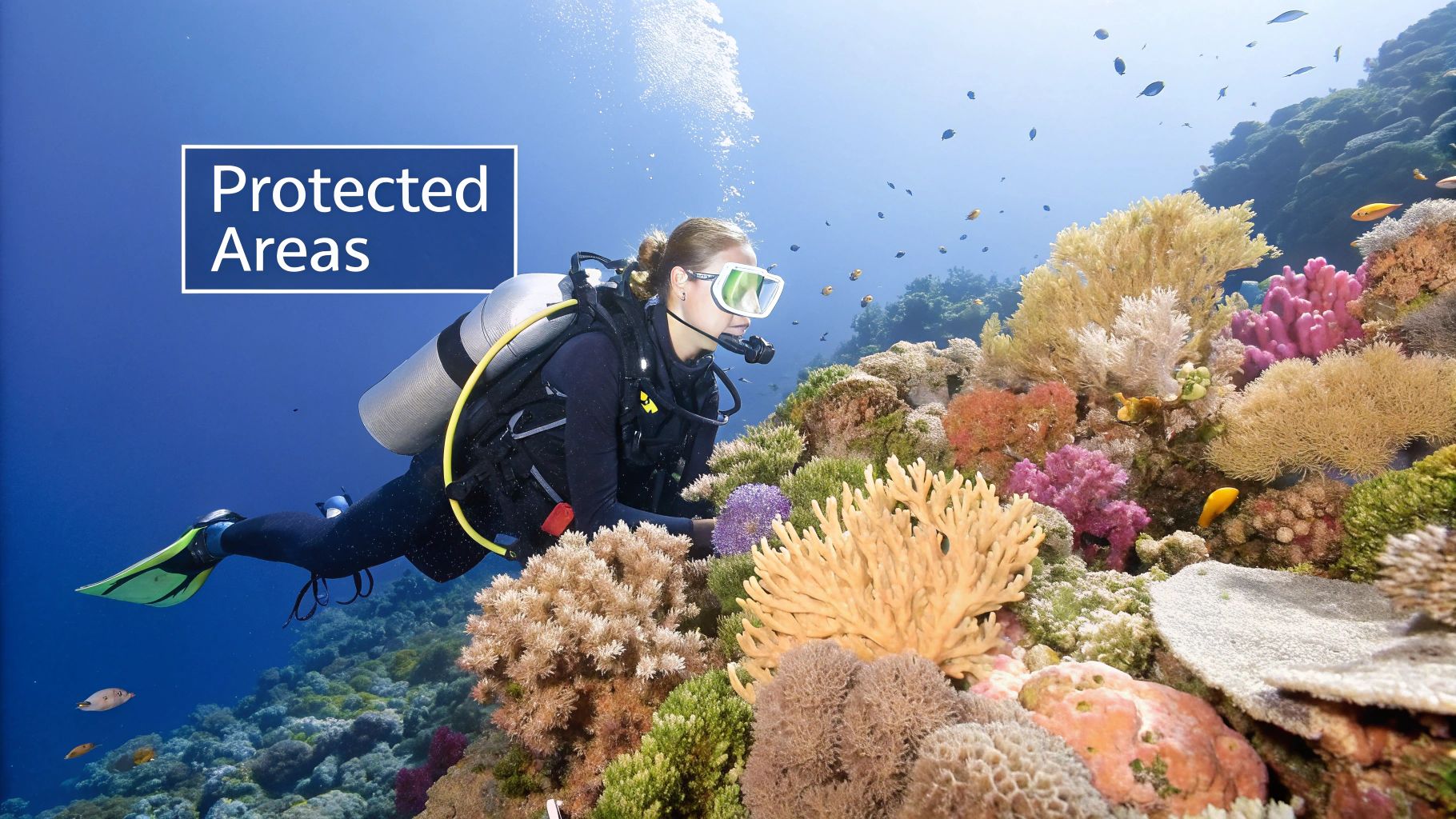
Check out the Surfrider Foundation website. They do amazing work, from beach cleanups to fighting for policies that reduce plastic. They really show how individuals can get involved in protecting our coasts. They're all about direct action and bigger systemic change, which is so important.
Making It a Family Affair
Getting the whole family involved is a game-changer. It’s about making sustainability fun, not a drag. In our family, we do "Meatless Mondays." It's been a great way to cut down on our seafood consumption and discover new recipes. The kids are actually into it! We also have a family compost bin. Less food waste and it helps our garden thrive. It’s become a fun project we all do together.
The Power of Community
Individual actions matter, but teaming up with others? That’s where the real magic happens. Find some local groups or organizations focused on ocean conservation. There are so many ways to contribute – beach cleanups, advocacy work, workshops. I joined my local chapter of a marine conservation group, and it’s been so rewarding. It’s not just about helping out, it's about being part of something bigger.
Staying Motivated for the Long Haul
Let's be honest, sticking with new habits can be tough. It’s easy to lose steam, especially when you don't see results right away. That's why it's so important to celebrate the small wins. Did you remember your reusable bag at the store? Yes! Did you choose sustainable seafood? Awesome! Acknowledge those little victories. It'll keep you going and remind you that you are making a difference.
Connecting with others who are on the same path is huge, too. Sharing your experiences, struggles, and successes with like-minded people can give you that extra boost of support and encouragement. For me, being part of a community makes this journey a lot more enjoyable and sustainable.
Adapting to Change
Life happens. Things change, and that's okay. The key is to be flexible and adjust your sustainable practices as needed. Maybe you're traveling and can't bring your reusable containers. No worries! Find other ways to lessen your impact. Maybe you choose restaurants known for their sustainable practices. Sustainability is a journey, not a race. It’s about doing what you can, wherever you are. Don’t shoot for perfect, shoot for progress. Be flexible, keep learning, and you’ll build ocean-friendly habits that really stick.
Tracking Your Impact And Staying Motivated
Preventing overfishing isn’t something that happens overnight. It’s a long-term commitment, like running a marathon. It's about creating habits that stick, which means you’ve got to stay motivated and see how your choices make a difference. I've been working in ocean conservation for years, and I know firsthand that celebrating wins, connecting with others, and staying informed (without getting bogged down) are key to staying in it for the long haul.
Measuring Your Seafood Footprint
One of the best ways to see your impact is to understand your seafood footprint. Think of it like a carbon footprint, but for the fish you eat. There are some handy online tools and resources that can help you figure this out. It can be a real eye-opener to see how your choices directly affect ocean health. I remember the first time I calculated mine – it definitely changed the way I bought seafood.
Seafood Watch is a great resource with color-coded recommendations, making it super easy to see which seafood choices are best for the ocean. This empowers consumers to make informed, sustainable choices.
Seeing the Bigger Picture
It’s easy to feel like your individual actions are a drop in the bucket (no pun intended!), but they really do add up. Think about everyone else who's making conscious choices – choosing sustainable seafood, reducing plastic use, supporting responsible fishing communities. We’re creating a powerful collective impact. Volunteering at a beach cleanup recently, I was amazed by how much we accomplished as a group. It was a great reminder that even small individual actions can add up to big change.
Staying Informed (Without the Doom and Gloom)
Staying informed is essential, but it's also easy to get overwhelmed by all the negative news. My advice? Be picky about your sources. Find reputable organizations and publications that focus on solutions. It's important to know the problems, sure, but it’s just as important to focus on the positive changes happening. That’s what keeps me going.
Finding Your Tribe: Connecting With Like-Minded People
Connecting with a community of like-minded people is huge for staying motivated. Whether you join a local group, volunteer for a beach cleanup, or just follow ocean advocates on social media, finding your “tribe” gives you support, encouragement, and inspiration. I've found that sharing my experiences and ideas with other passionate people is incredibly uplifting and keeps me going, even when progress seems slow.
Setting Realistic Goals and Celebrating Milestones
Set realistic goals. Don’t try to change everything overnight. Maybe this week you focus on sustainable seafood. Next week, you tackle reducing your plastic use. Start small, build momentum, and celebrate your wins along the way. In my experience, focusing on small victories is way more motivating than trying to do everything at once. It’s about making long-term change, not a quick fix. Remember, every step you take, no matter how small, makes a difference for a healthier ocean for everyone.
Your Personal Action Plan For Ocean Protection
Let's talk about turning what you know about ocean conservation into actual action. Creating a personal plan is all about figuring out what works for your life – no need for huge, impossible changes. It's about building sustainable habits. Think of it like designing your own roadmap to saving the oceans, one step at a time.
Starting Small, Thinking Big
I recommend starting small. What's one tiny change you can make this week? Maybe it's ditching plastic grocery bags for reusable ones. Or maybe you commit to one "Meatless Monday" to reduce your seafood consumption. These small steps set you up for bigger ones later. When I started my journey, I began by simply bringing my own reusable bags to the store. It was amazing how much plastic I avoided just by doing that.
Building Momentum With Sustainable Practices
Once those first few changes feel easy, add a couple more. Start looking for sustainable seafood options. Ask restaurants about the source of their seafood. These actions build momentum and strengthen your commitment. I remember when I first started really looking at seafood labels – it felt like a lot. But it quickly became second nature, and now I feel good about the choices I make.
Creating Your Personalized Checklist
A checklist can be a game-changer. Here's a basic framework you can personalize:
- This Week: Cut down on single-use plastics; try one meatless meal.
- This Month: Research sustainable seafood certifications (like the Marine Stewardship Council MSC); find a local fishmonger that sources responsibly.
- This Year: Join a local ocean conservation organization; take part in a beach cleanup.
Adapt this to your life and your goals. There’s no pressure to do it all at once. This is a marathon, not a sprint.
Tracking Your Progress and Staying Inspired
Seeing your impact is super motivating. There are online resources that can help you calculate your seafood footprint. Pay attention to how much less plastic you’re using. These real results solidify the positive impact you’re having. If you’re looking for ways to reduce your impact even further, check out this article: Top Ways To Reduce Marine Pollution. Celebrate the milestones! It's important to acknowledge the positive difference you're making, even if it seems small.
Inspiring Others (Without the Pressure)
Talking about your efforts can inspire those around you. Chat with friends and family about ocean health. Share what you're doing and some helpful resources. Leading by example can be much more powerful than lecturing. I've found that simply sharing my own actions has inspired others to make changes too.
Long-Term Commitment for Lasting Change
Preventing overfishing takes consistent effort. It's about creating a lifestyle that supports the health of our oceans. By making realistic goals, celebrating your progress, and connecting with like-minded people, you create lasting change. You become part of something bigger, protecting our oceans for future generations. Every little thing you do creates ripples, making a bigger wave of change than you might realize.
Ready to make fueling your boat as effortless and eco-friendly as your commitment to ocean health? Check out CLiX Fueling Solutions for a spill-free, stress-free fueling experience that protects both your boat and our precious marine ecosystems.


